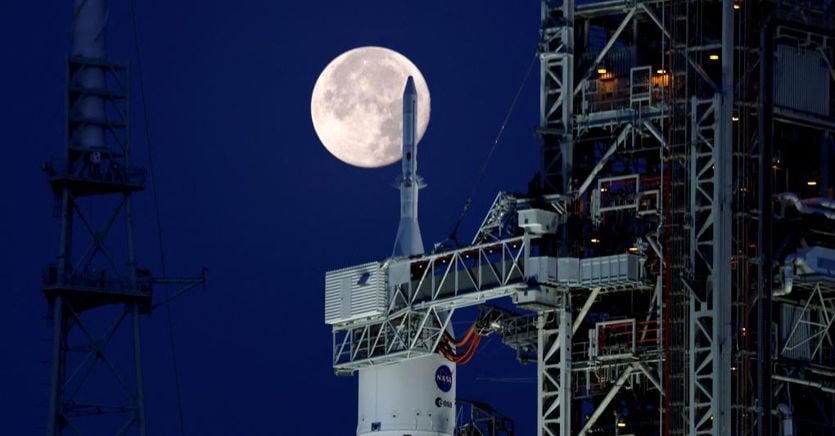The return of NASA
All in 42 days, thus also testing the new technology and re-entry process, which is not trivial if we think that the capsule, after a journey of two million kilometers, will reach the atmosphere at about 30,000 kilometers now. Just think that the heat shield is designed to withstand temperatures, due to friction with the atmosphere, of almost 3 thousand degrees.
With this mission, and the next two until 2025, and after the great success of the very complicated mission of the James Webb Space Telescope, Nasa therefore resumes its role as a great protagonist of space, overshadowed in the last 15 years by the different directives it has received. by various US presidents and who have given a wavering aspect to American civil space policy until a few years ago.
In fact, politics has many times postponed the construction and departure of this imposing carrier, which cost, together with the Orion capsule, over 36 billion dollars, an expense considered excessive by many in the US, but considered necessary by just as many if you want to have a a sure vehicle that carries people and especially heavy things, given that on the Moon, between the end of the decade and the next, we also want to have a sustainable and stable settlement.
The vector challenge
The carrier is the most powerful ever built, almost 100 meters high, 98 to be precise, with a load capacity of 30 tons, but Boeing, the manufacturer of the SLS carrier, promises an even more powerful version, for the transport of 50 tons at a time.
In the background, however, according to American critics, remains the equally large and powerful, but more modern, Starship rocket by Elon Musk, made to bring, according to him, a good slice of humanity to Mars and therefore would be more than enough. for the Moon.
